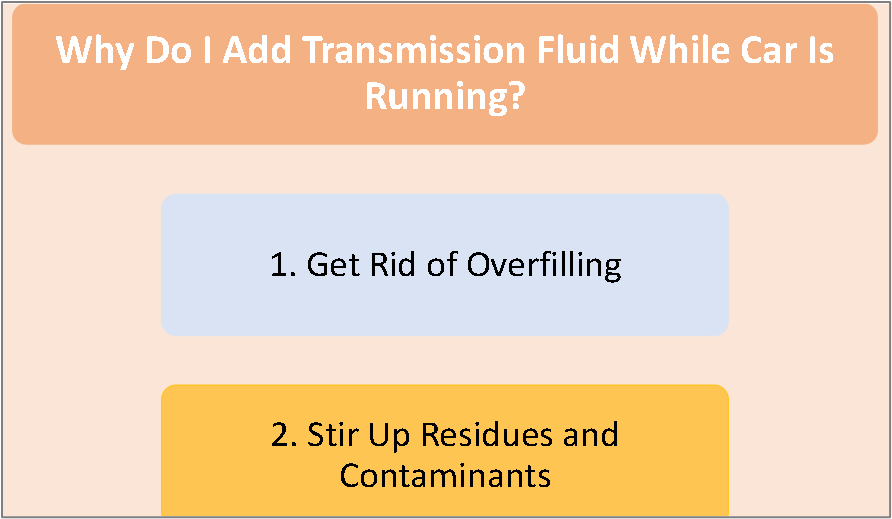Ensuring the proper care of your F150’s transmission is crucial, and adding the fluid is a key part of this process. But do you leave the car running when adding transmission fluid or simply turn it off?
Well, yes, you should pour in the transmission fluid while your F150 car’s engine is running at 600 – 750 RPM for a few minutes. This is usually the recommended manner of adding fluid in f150 vehicles.
Let’s explore this topic in detail, including the reason to run the car when adding transmission fluid and how long you should do it. Ready!
Table of Contents
You Do Leave the Car Running When Adding Transmission Fluid on the F150!
It’s important to keep your car running when adding transmission fluid to your car. Whether you’re changing the transmission on your Ford F150 or just topping up the fluid, it’s a good practice.
However, if it’s about adding the fluid on the F150 while the car running or idling, yeah you should do that as well based on the user manual.
Here’s how you do it, following Ford’s instructions:
- To begin with, you’ll need to start the car’s engine.
- Then, put the selector lever in each gear just as you do when checking the fluid level whether it’s hot or cold.
- After that, put the gear selector in the P (Park) position and let the engine run at 600-750 RPM (the number of times the engine revs per minute) for a few minutes.
- Next, check the fluid to know how much is it with a dipstick. However, if your car has a sealed transmission, here’s how you can add transmission fluid without a dipstick.
- Now, if you find that the fluid level is low, you can add more transmission fluid while the engine is running. This helps ensure the transmission works smoothly.
Note: If you don’t know the location where to add the fluid, learn here whether do you add transmission fluid where the dipstick is or not.
Why Do I Add Transmission Fluid While Car Is Running?
There are a few reasons why do you add transmission fluid with the car running. Let me explain them below:

1. Get Rid of Overfilling
When you add transmission fluid to your car, it goes into a reservoir or tank. If the car isn’t running while you add the fluid, it can be hard to properly gauge how much fluid you need.
This can lead to overfilling the transmission, which can be messy. Overfilling can cause excess pressure in the transmission system, which may lead to leaks, damage, or poor performance.
So, running the car while adding fluid allows you to check and maintain the right fluid level as the transmission circulates the fluid.
2. Stir Up Residues and Contaminants
Inside the transmission part, there are tiny particles and contaminants that can gather over time. These particles are the result of old or burnt transmission fluid along with other dirt.
When the car is running, the transmission can circulate the fluid well. This circulation helps to agitate and stir up these particles, ensuring the good fluid gets mixed with the new fluid.
The transmission filter can then get these particles and contaminants, preventing them from causing harm or reducing the fluid’s effectiveness.
And, running the car while adding fluid is like giving the transmission a little clean-up, helping to keep it in good shape.
How Long Should Car Be Running When Adding Transmission Fluid?
When you’re putting transmission fluid into your car, it’s a good idea to let the car run for about 5 – 6 minutes, as advised by Vehicle Wisdom.
This short wait helps the car’s transmission parts warm up, and it makes it easier to check the transmission fluid you should put in your F150.
It’s essential not to add the fluid when the car is cold because this can create air bubbles or other issues. So, make sure the car is warmed up by running the car for a couple of minutes before you begin.
When you’re adding the fluid, it’s also vital to put in just the right amount. If you’re not sure how much to add when your transmission is completely empty, you can check this guide for precise instructions.
Overall Thoughts
Leaving the car running when adding transmission fluid is a safe procedure that helps keep the process easier.
This way your car’s transmission health will be good. It would be best if you just follow the clear instructions given in the owner’s manual.
I hope this guide is easy to understand and gives you all the information you need. See you in the next guide! Goodbye!




